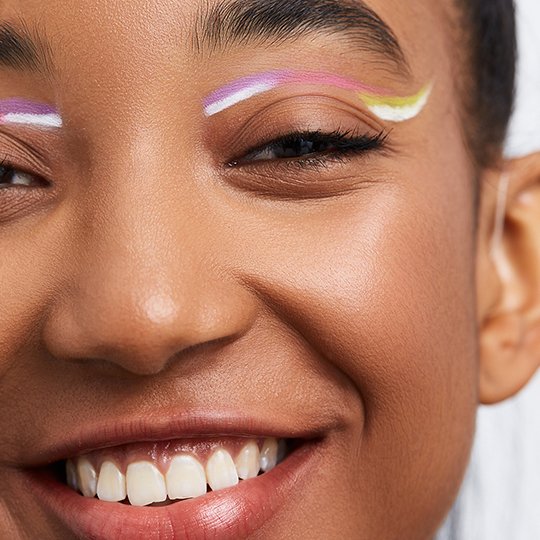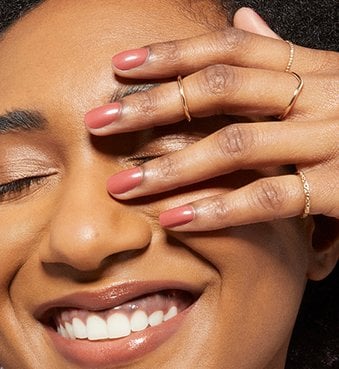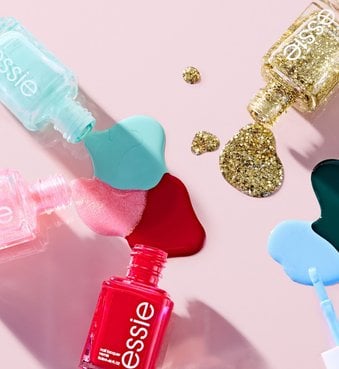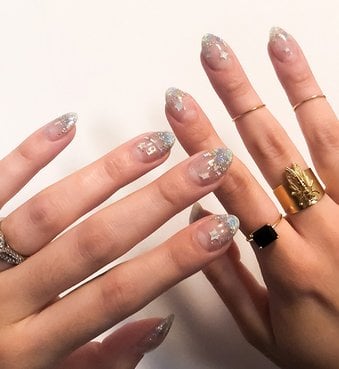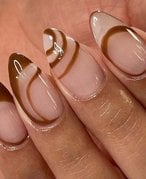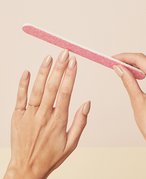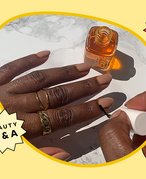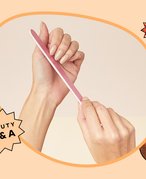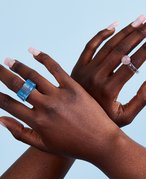NAIL CARE
Keep your nails in tip-top shape with our expert nail-care advice — from when to use cuticle oil to how to remove press-ons without damaging your natural nails.Recommended Articles
-
![Close-up image of a hand with long brown and nude manicured Gel-x nails]() All NailsEverything You Need to Know About Gel-X Manicures11/3/2023
All NailsEverything You Need to Know About Gel-X Manicures11/3/2023 -
![A box of press-on nails and nail glue on a blue and pink background]() Nail ArtHow to Avoid Air Bubbles When Applying Press-on Nails10/6/2023
Nail ArtHow to Avoid Air Bubbles When Applying Press-on Nails10/6/2023 -
![Close-up of person's hands holding a pink nail file to one hand]() Nail CareHere’s How to Fix a Broken Nail and Save Your Manicure6/26/2023
Nail CareHere’s How to Fix a Broken Nail and Save Your Manicure6/26/2023 -
![Photo of a person with tan nails applying the Essie Apricot Nail & Cuticle Oil to their cuticles, collaged on a yellow background with the Beauty Q&A logo]() All NailsWhy You Should Be Using Cuticle Oil, According to Nail Experts6/23/2023
All NailsWhy You Should Be Using Cuticle Oil, According to Nail Experts6/23/2023 -
![Picture of a person filing their nails on a cream-colored graphic background with a starburst shape that reads "Beauty Q&A"]() Nail CareHow to Strengthen Your Nails, According to the Pros6/12/2023
Nail CareHow to Strengthen Your Nails, According to the Pros6/12/2023 -
![Picture of two hands with long, light pink acrylic nails and colorful rings against a blue background]() Nail CareHow to Safely Remove Nail Glue — Plus, the Best Nail Glues for Pres...4/26/2023
Nail CareHow to Safely Remove Nail Glue — Plus, the Best Nail Glues for Pres...4/26/2023
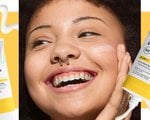


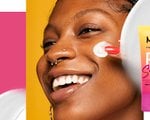
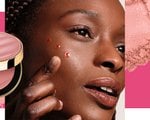
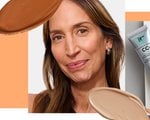
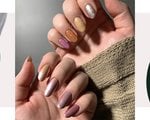
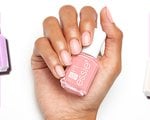

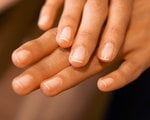
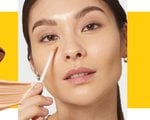






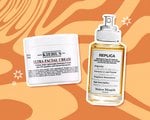

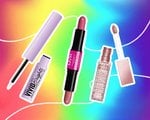
.jpg?cx=0.5&cy=0.5&cw=150&ch=120&blr=False&hash=27326E4FE66B0A2BFABAF4995DA29DC5)




